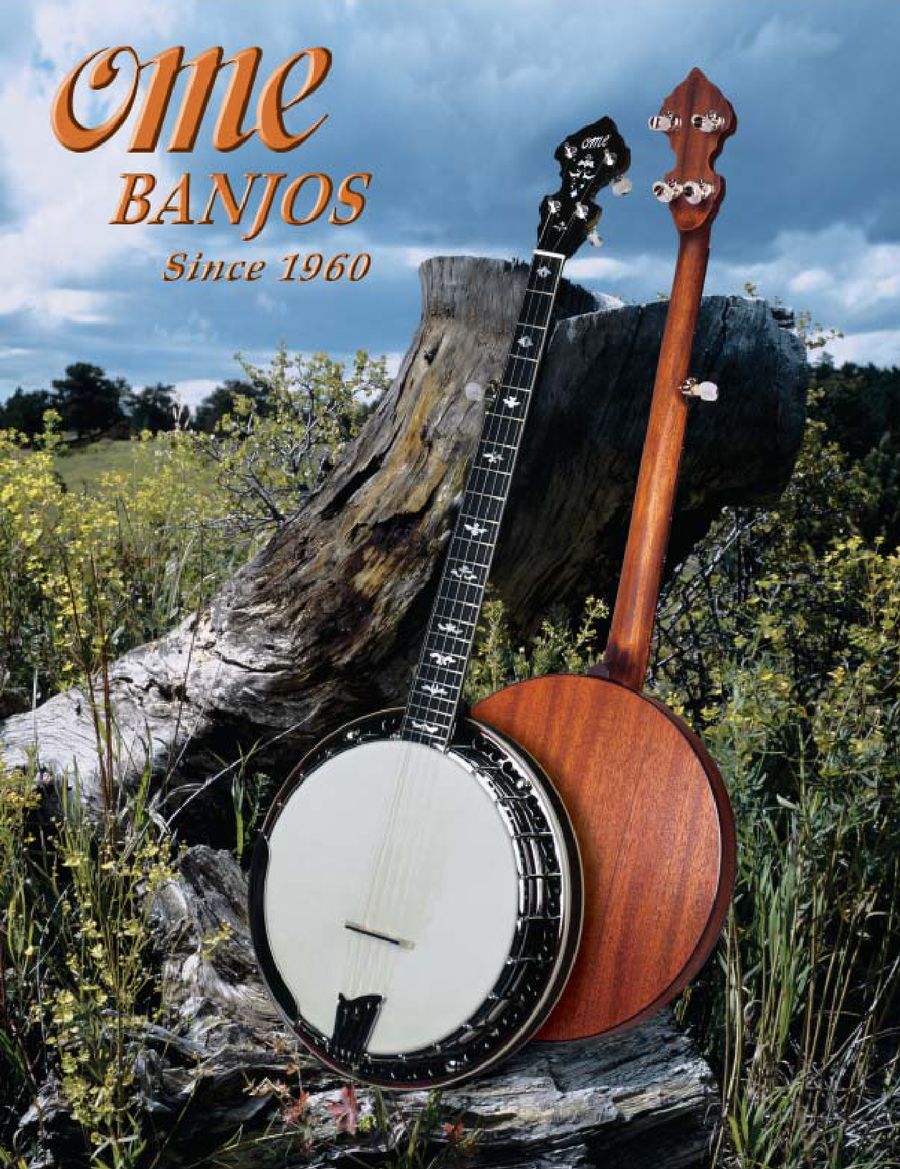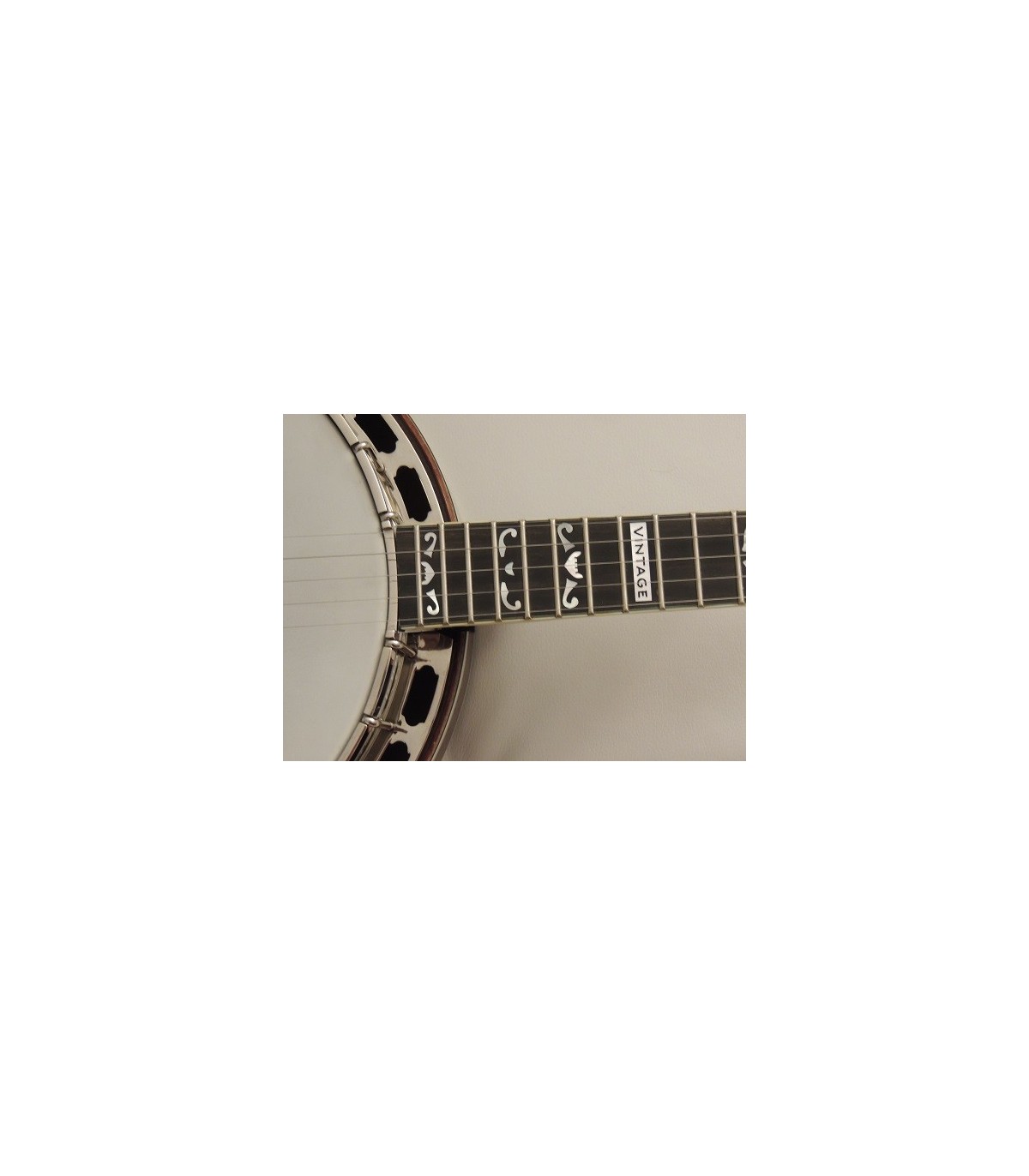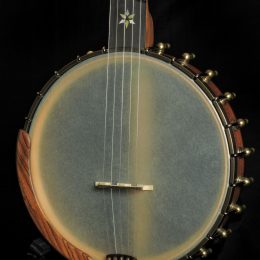

Needs: Regulatory reform, namely modernizing the Lacey Act banning "illegal” wood and other plants and animals. "They can't import buildings from China yet." It's a world economy, but it's destroying manufacturing over here."īesides making banjos, he also has developed industrial parks in Louisville. "Over in Asia, they're paying $1 an hour," he adds. Cheap Asian banjos "have destroyed the lower end of the market." Opportunities: "I'm just hoping to keep it going," says Ogsbury. What kind of person is he looking for? "Banjo-makers tend to be quirky individuals and they tend to be hands-on individuals." I'd like to get one or two more younger guys to carry on the tradition." Today in Boulder, people want to make big money quick. It takes a good seven years to get good at what they do. "This area, especially Boulder, it used to be a lot more laid-back and craftsmen were easy to get," laments Ogsbury. Sound is really a hit-or-miss, magical thing."Ĭhallenges: Finding skilled craftspeople.

"This happens a lot: You try to design something for one thing and it works for another thing. "Sound is still a big mystery," says Ogsbury. "We've added computerized milling."īut there's an elusive quality to making musical instruments that only comes with experience, and Ogsbury and his colleagues at OME have more than 90 years of it. represents more than 90 percent of OME's market. The OME team ships banjos to Japan, Europe, and Canada, but the U.S. "There's a ton of younger bands playing the banjo," says Ogsbury, highlighting Mumford & Sons and the Avett Brothers as standout newcomers leading the revival. More recently, five-string banjos favored by Dixieland jazz musicians 60 years ago have made a comeback. Starting in the 1960s, that meant bluegrass banjos, with a heavier tone ring than folk-oriented banjos.

OME has a 10-year stock of air-cured wood (Ogsbury favors South American mahogany, North American walnut, and Indian rosewood), a year-long backlog on retailer orders, and a banjo catalog that has changed with the times. An OME Banjo is a musical work of art, from the nickel-silver frets and gold-plated parts to the custom drumhead and handmade bridge. What separates a mass-produced banjo from an OME Banjo? "Attention to detail all the way through," says Ogsbury. He and his team have made more than 6,000 banjos since starting OME in 1970.

It's a clean and warm sounding instrument and an amazingly versatile one.Products: Banjos Chuck Ogsbury's legendary banjo business continues to hit high notes, though cheap competition and a shrinking pool of craftspeople are cause to fret.Ĭhuck Ogsbury has been called the Stradivarius of the banjo. With its 12" head diameter, brass tone ring, and double-rod construction, the Otis Taylor model is an openback banjo that offers a strong, clear fundamental that's not overpowered by overtones. The instrument is finished off with a Sweetone tailpiece, Renaissance head, and wooden armrest. The mahogany neck measures 1-1/4" at the nut and features a 26-1/4" scale and ebony fingerboard with oro diamond inlays. Like the Juniper, the Otis features a three-ply maple rim with rolled brass tone ring, double coordinator rods, 26 brackets, and nickel hardware. The Ome Otis Taylor openback model is sister to the popular Juniper 12" old time by Ome banjo company.


 0 kommentar(er)
0 kommentar(er)
